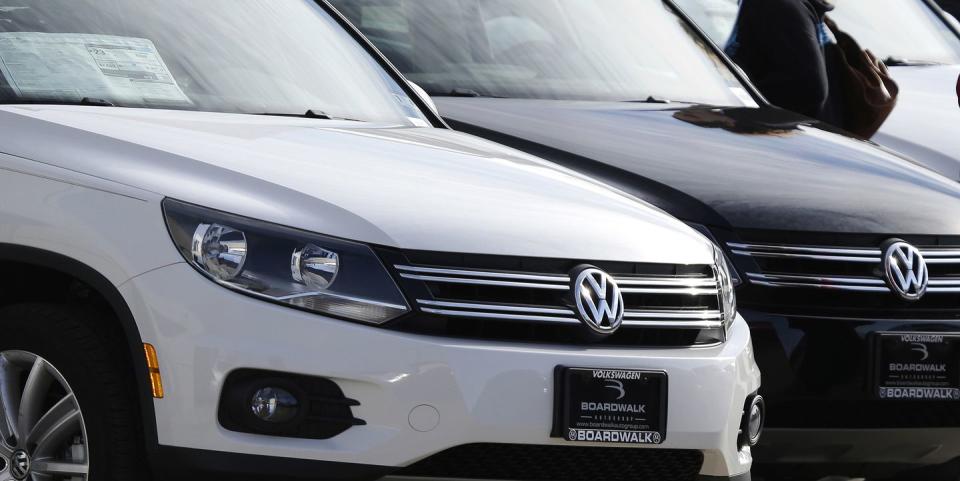People Are Paying More Than Ever for New Cars

Car and truck buyers are loading up with debt to pay for their new rides, according to a report on auto loans from credit reporting agency Experian. The average new-vehicle loan hit a record high of $31,455 in the first quarter of this year-up $921 over the same period of 2017. And the upward trend looks set to continue: the Federal Reserve has just added to that load by increasing the federal interest rate by a quarter-point. The small hike on interest rates for federal funds announced Wednesday, to 1.75–2.00 percent, should have a modest impact on consumer financial products including auto loans.
The average monthly payment for a new vehicle rose $15 to a record $523. At the same time, the average interest rate on auto loans grew to 5.2 percent in the first quarter of 2018, which is an 0.5-percent increase just since 2015.
“The dream of owning a new vehicle is becoming more elusive to the average American,” said Melinda Zabritski, Experian’s senior director of automotive financial solutions. “To reverse the trend, dealers and lenders need to better understand the data and explore different options to make new-vehicle ownership accessible and appealing.”
It appears dealers and lenders have already been exploring one option: getting consumers into longer loans, which will typically carry lower monthly payments but also cost more over the loan term. Experian’s report shows that the loan term for new vehicles increased in the first quarter to just over 69 months. That’s mostly driven by an increasing prevalence of 72-month terms, but more 85- and 96-month loans are popping up, too, Experian noted.
The changing new-car loan landscape appears to be having the largest effect on subprime and deep-subprime borrowers, who are defined as having credit scores of 501 to 600 and of 300 to 500, respectively. New-vehicle loans to subprime borrowers fell 8.4 percent in the first quarter, and for deep subprime borrowers they dropped 14.1 percent.
The higher costs for new-car loans have had some other side effects, too. Credit unions now have the highest growth in automotive loan market share, hitting 21.3 percent, and their market share of used-vehicle financing is up almost 2 percent in the past year, reaching 28.0 percent. Loans for used vehicles hit a record high of $19,536 in the first quarter as people explore less costly options.
You Might Also Like

 Yahoo Autos
Yahoo Autos 